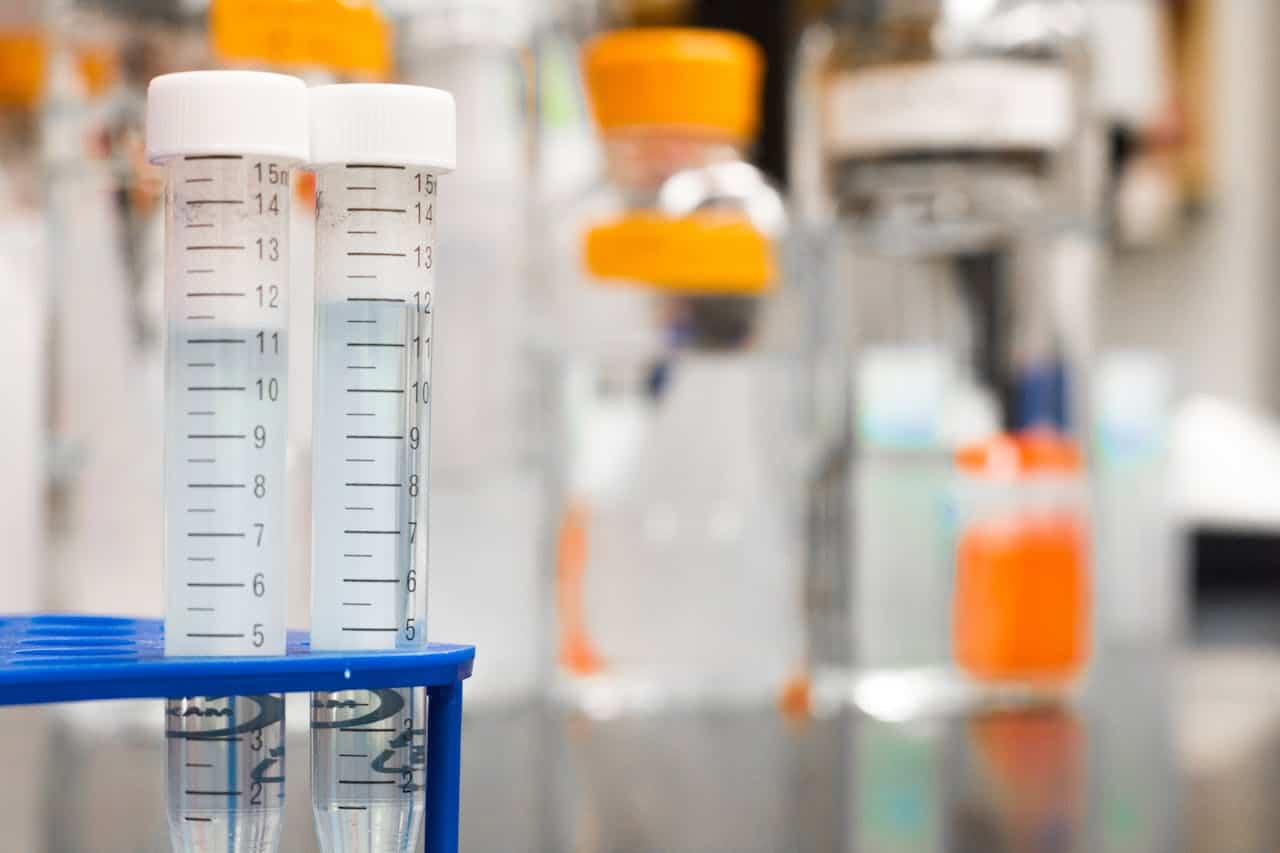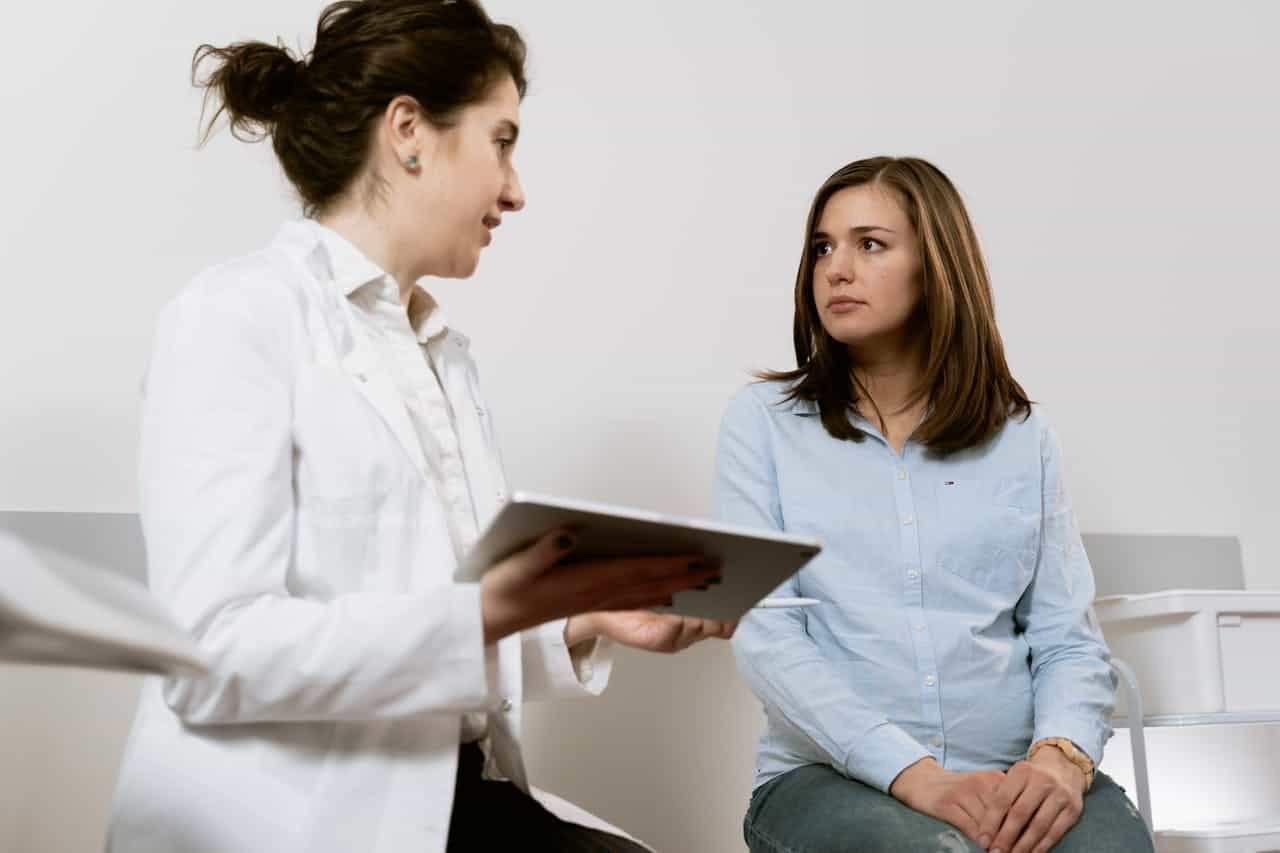Receiving a positive STD test result can be a shocking and emotional experience. Whether it’s your first test or you’ve been tested before, the news can stir up emotions such as anxiety, confusion, guilt, or even shame. It’s important to take a step back, though, and remember that while not all STDs or STIs are curable, they are all treatable. The first step towards regaining control of your health is remaining calm and evaluating the next steps. Learn everything you need to know to ensure you stay informed, proactive, and empowered after receiving a positive test result.

Step 1: Take a Breath and Process the News
It’s very natural to feel overwhelmed after receiving a positive STD result from a testing service like Priority STD. That’s why, first and foremost, it’s important to give yourself permission and time to process the news. It’s fine to feel upset, confused, or even scared, but remember that you’re not alone and that many STDs are treatable or manageable with medical care. Avoid making any rash decisions or assuming the worst without further information. Focus on getting the right information rather than letting your emotions guide your actions. To do this, try to get a supportive friend or family member on the phone if you need emotional help and give yourself time to understand the situation before moving forward.
Step 2: Consult a Healthcare Professional
Once you have begun to process the news, reach back out to your healthcare provider. A doctor or healthcare clinic will be able to offer clarity about your diagnosis, explain the infection or disease in greater detail, and discuss any treatment options available to you. During this appointment, don’t hesitate to ask any follow-up questions you may have about the infection, side effects, or any follow-ups that may be needed. Depending on the type of STD or STI you have contracted, treatment could involve medication, antibiotics, or antiviral drugs.
Also, be sure to inform your healthcare provider of any symptoms you may be having and discuss any past sexual health history that may be relevant to your care. If you’re unsure about your personal next steps, your healthcare provider can also guide you through the entire process.

Step 3: Follow Your Advised Treatment Plan
Once you have finished consulting with a healthcare provider, the next step will be following through on the treatment plan they have given you. This treatment could be as simple as taking some medication for up to a week, but it could also involve applying topical ointments or forms of therapy. Some STDs, like chlamydia and gonorrhea, are treated with antibiotics whereas others, such as Herpes, may require antiviral medications to manage outbreaks if you are having them.
As with treatment for anything in life, it’s important to not skip doses or discontinue the treatment prematurely. Doing so can lead to recurring infections or complications. Also, be sure to attend any follow-up appointments with your doctor to check on your progress and inform them if you feel that the treatment is not working.

Step 4: Inform Your Current and Recent Partners
Arguably the most challenging part of receiving a positive STD test diagnosis will be informing your sexual partners. While it may feel uncomfortable, it’s your responsibility to let them know about the situation so that they can get tested themselves. This is important not only for their health but to also prevent the spread of the infection.
Try to be honest and calm during this conversation. It’s normal to feel anxious or scared but remember that most people will appreciate your transparency at the end of the day. Also, avoid being accusatory as you don’t have any way of knowing for sure when or who you contracted the STD from, as certain STDs can stay dormant for years before presenting symptoms. If you are unsure how to handle this conversation, there are many online resources or professionals who can offer guidance on your approach.
Step 5: Take Precautions to Prevent Future Infections
Finally, after receiving treatment, take precautions to avoid contracting another STD in the future. Practice safe sex by using condoms or other barriers, get regular STD tests, and be open with future partners about your sexual health history. It’s also a good idea to schedule routine check-ups with your healthcare provider to ensure you’re staying on top of your sexual health. Prevention is key and with the right measures in place, you can significantly reduce your risk of reinfection.
Take charge of your life after a diagnosis
Receiving a positive STD result can be a daunting experience but it’s important that you stay informed and take proactive steps moving forwards. Consult with a healthcare provider, follow your treatment plan, and communicate with your partners to better take control of your sexual health to ensure a positive outcome.





Leave a Reply